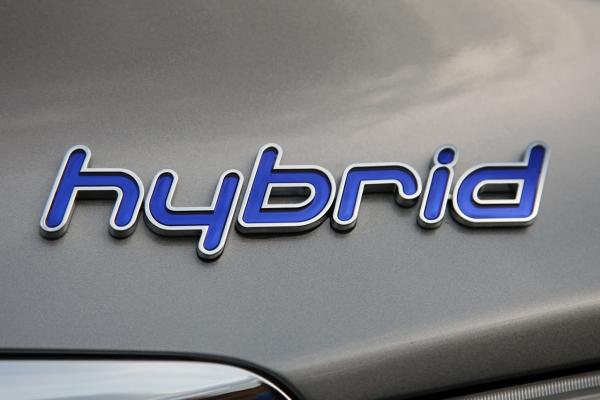Published on the 26/02/2016 | Written by Matt Zwolenski

Just how well do you understand cloud terminology – and in particular, the definitions around the most popular option for most businesses, hybrid cloud – asks Matt Zwolenski…
‘Cloud’ is a standard term when discussing technology in business today, reflecting the extent to which it has become a standard delivery method for an ever-increasing range of services and applications. Making it easy to grasp one particular aspect of cloud terminology, EMC offers Enterprise Hybrid Cloud for Dummies, a handy cheat sheet-style guide that provides a crash course in all things Hybrid Cloud, from its definition and business benefits to 10 ‘do and don’t’ tips for a well-run model. Here are four easy steps to get you up to speed fast: A Hybrid Cloud combines an on-premise private cloud and an external public cloud to perform distinct functions. Hybrid Clouds effectively transform the role of the IT department from an exclusive provider to a broker of IT services. Private cloud refers to a cloud computing platform that is owned or rented by the company. Because a private cloud is usually deployed internally, it allows organisations to tailor how they build their services and customise the level of security. It provides the assurance of full ownership of information. That contrasts with the public cloud, where third-party service providers own and manage IT shared resources made available via the internet. Organisations choose public cloud for its flexibility and essentially unlimited capacity which generally can’t be matched by the private cloud. However, public clouds aren’t protected by the company firewall, so they tend to be reserved for non-sensitive information and non-mission critical applications. The Hybrid Cloud takes advantage of the respective benefits of private and public cloud, providing a method for optimising resource use and service delivery. A Hybrid Cloud acts as an intermediary, presenting applications and services originating from private and public clouds in a single self-service portal. The defining characteristic of the Hybrid Cloud is flexibility. Some applications may reside in both public and private cloud environments, with the public cloud functioning as an on-demand extension of the private cloud to handle peak loads or provide disaster recovery. Select data and workloads can also move back and forth between public and private clouds as needed, furthering operational flexibility. It’s all fully automated and ‘invisible’ to the user, too, so there is no impact on service delivery. The short answer? Everyone. Small to medium enterprises (SMEs) have leaned toward public cloud in the past, often deciding to run IT infrastructure on external platforms. While smaller businesses may not have the same level of IT resources as larger ones, their technology and data is equally valuable and needs to be protected. Hybrid Cloud is an ideal model for backup and disaster recovery, providing a safety net to protect data by offering the same level of security as a private cloud. Medium to large-sized enterprises tend to transition to a private cloud model that allows control over their services. However, capacity can become an issue; there is also the risk of being left behind, as public cloud service providers innovate rapidly, bringing hundreds of new features to market every quarter. Sole private cloud users may struggle to match these innovations and keep up. Hybrid Cloud allows the flexibility to benefit from the best of both the private and public clouds and develop a customised solution. With Hybrid Cloud, organisations enjoy the flexibility and cost effectiveness of the public cloud model while simultaneously enjoying a higher level of control and security with specified services and data. To delve further into the what, how, who and why of the Hybrid Cloud, download a free copy of Enterprise Hybrid Cloud for Dummies. Matt Zwolenski is CTO at EMC ANZ.




























